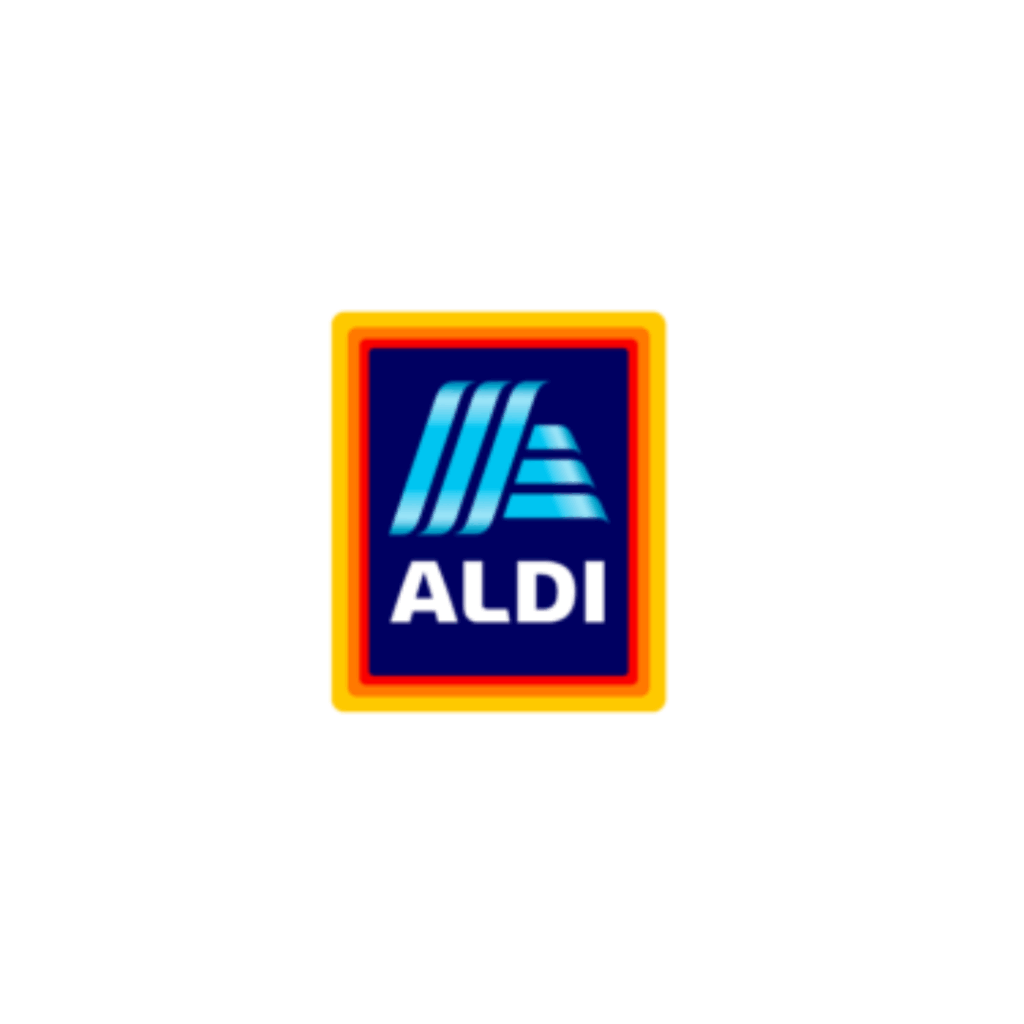Goodwill Jobs: See Salaries and How to Apply gives you a quick guide to pay, openings, and the hiring steps. You will learn typical salaries, how pay changes by state and city, and which roles boost your pay.
You can compare retail and warehouse pay, and see which shifts and skills raise your hourly rate. Follow clear steps to apply, prepare a short resume, and gather your ID and documents.
Find openings using the Goodwill careers page, apps, and job boards, and set job alerts. Know what to expect in interviews, background checks, and drug screens, and learn how to follow up.



Finally, explore benefits and career paths so you can plan your growth.
Know the typical Goodwill salaries you can expect and the average Goodwill salary
Start by thinking in ranges, not rockets. Entry retail roles at Goodwill—sales associate, cashier, floor staff—typically pay in the low teens per hour in many places, roughly $11–$15/hour. Supervisors and assistant managers often move into the mid-teens to low $20s per hour.
Store managers and higher-level program roles commonly land in the $35k–$60k per year range, depending on location and store size.
Use the keyword phrase Goodwill Jobs: See Salaries and How to Apply when you search; those pages often list typical pay bands and current openings so you get real numbers for your area.
Think about benefits as part of pay too. Some Goodwill locations add health plans, retirement matches, paid time off, or tuition aid.
A slightly lower hourly rate plus strong benefits might beat a higher wage with no benefits if you need healthcare or steady hours.
Treat posted ranges as bargaining room, not final law.
If you bring a skill—like retail management, inventory control, or a commercial driver’s license—you can push toward the top of the range. Keep notes on your results and responsibilities so you can show clear reasons for a higher offer when you apply or interview.
See how your pay varies by state and city for Goodwill jobs
Local laws and cost of living drive much of the difference. States and cities with higher minimum wages—California, New York, Washington, and parts of Massachusetts—tend to show higher hourly pay for the same Goodwill job than in rural areas or states with lower minimum wages.
In New York City or San Francisco, you’ll often see higher starting pay to match higher rents and living costs.
Look at city vs. suburb differences, too. A store in a downtown area may pay more than one in a smaller town nearby.
When you search openings, filter by city and check the posted wage. If a job listing omits pay, ask directly in the application or interview so you don’t waste time chasing roles that won’t cover your expenses.
Learn which roles raise your Goodwill pay rate most
If you want a jump in pay, aim for roles with more responsibility or special licenses. Store managers, regional operations leads, and program managers regularly earn more than front-line retail staff.
Jobs that require certifications—like CDL for donation truck drivers, or IT skills for electronics repair and resale—also bring higher rates.
You can climb faster by adding specific skills. Take a short management course, get a CDL, or learn point-of-sale systems and inventory software.
Even a few months of responsible experience running shifts or training staff gives you a strong case for higher pay when a promotion opens.
Check your local wage rules before you apply
Before you apply, check state and municipal wage laws, minimum pay, and rules on overtime and paid leave. Visit your state labor department site or your city’s official page, or ask the hiring manager about local wage ordinances.
Knowing the rules helps you spot fair offers and avoid surprises during interviews.
Compare Goodwill retail jobs salary versus Goodwill warehouse jobs pay so you choose the right role
Retail jobs at Goodwill usually pay by the hour and start lower than many warehouse roles. In retail you handle customers, stock shelves, run the register, and keep the floor tidy.
Those tasks are visible and steady, but pay can be modest unless you move up to supervisor or manager. If you want a quick lookup, search Goodwill Jobs: See Salaries and How to Apply to find local numbers.
Warehouse roles often pay more for the same entry-level experience because they demand heavy lifting, fast pace, or certified skills.
Forklift operators, drivers, and shipping leads typically earn higher hourly rates. Night shifts or roles that require a CDL or other certificates can bump your pay.
To pick the right role, match the pay to your life. Ask whether you want steady daytime work with customer contact or higher pay with physical tasks and odd hours. Compare commute time, shift premium, benefits, and career path.
See what shifts and tasks raise your retail pay
Shift differentials matter. Evenings, weekends, and holiday shifts often pay a bit more.
Closing shifts can include extra responsibilities like cash reconciliation and store security, and those duties sometimes bring higher hourly rates. If you can work peak hours, you may get more hours and a small pay boost.
Tasks can move you up the ladder. Handling donation intake, doing pricing, training new hires, or running the register makes you more valuable. Cross-train so you’re the person they call when things get busy.
See what duties and skills raise your warehouse pay
Certifications and skills matter a lot in the warehouse. Forklift certification, pallet jack experience, and safe heavy-lifting skills often lead to higher pay. Roles that require driving, packing for shipping, or operating sorting machinery usually pay above the base rate.
Reliability and speed count, too. If you accept overtime, keep a clean safety record, and learn inventory systems, supervisors notice. Step into lead roles for packing or shipping and your hourly wage can jump.
Compare local listings to find the exact pay rate for you
Check your local Goodwill job page, job boards like Indeed and Glassdoor, and community job centers to compare offers. Call the store or hiring center and ask about shift differentials, weekend pay, and certification premiums. Local listings give the exact numbers you need to choose wisely.
Follow clear steps to how to apply to Goodwill and submit your application
Start by picking the role you want and reading the job post closely. Note the skills and duties it lists, like cash handling, stocking shelves, or operating a forklift. Treat the job post like a map; it shows what to put on your resume and what to say in your interview.
Next, get your paperwork and resume ready before you hit submit. That saves time and cuts stress. When you apply online, have your resume and ID files named clearly. If you go to a store, bring a printed resume and be ready to speak about your experience.
Finally, follow up after you apply. A quick email or short phone call a week later shows you’re serious. If you applied in person, check with the store manager after a few days. Small actions like this can move your name from the pile to the top.
Prepare a short resume that shows your retail or warehouse experience
Keep your resume short and focused. One page is best. Start with your name and contact info. Then list recent jobs, dates, and clear bullet-style lines that say what you did. For example: Operated cash register, handled $2,000 daily or Picked and packed 200 orders per day. Numbers catch the eye.
Also highlight skills that matter for Goodwill. Customer service, quick counting, safe lifting, and basic computer use are key. If you have a forklift or point-of-sale certificate, put it near the top. Tailor each resume a bit for the job you want so the hiring manager sees the fit right away.
Use the online Goodwill careers page or drop by your local store to apply
Online is fast and lets you track applications. Create a profile on the Goodwill careers site, upload your resume, and fill in the fields they ask for. Answer screening questions honestly. If a job says part-time weekends, mark your availability the same way.
If you prefer in person, stop by during a slow hour and talk to the manager. Hand over your resume, mention specific roles you saw online, and ask about the hiring timeline. Some stores also let you apply on a tablet inside, so check for that option.
Gather your ID and employment documents before you apply
Bring or upload a government photo ID, your Social Security number or card, and proof of work eligibility like a passport or I-9 documents. Also have contact info for two references and a copy of any certificates you hold. If you want direct deposit, bring your bank routing and account numbers.
Find Goodwill job openings near me using the Goodwill site, apps, and job boards
Start with the Goodwill website and app. Search the careers or jobs page, pick your city or ZIP, and scan listings for titles you want.
You’ll spot roles from retail cashier to program staff. Click each posting to read duties, hours, and how to apply. If a listing links to pay details, follow it—Goodwill Jobs: See Salaries and How to Apply helps you know what to expect before you apply.
Next, use major job boards like Indeed, ZipRecruiter, and LinkedIn. Type “Goodwill” or the role you want, then add your city. These boards aggregate postings from many Goodwill locations, so you catch openings some local sites miss. Create an account so your resume is ready and applying takes two clicks.
Treat the app and site like a net. Check often, save searches, and mark favorites. When an opening fits, apply right away and follow any local instructions. Quick action matters—hiring can move fast for entry-level roles.
Set job alerts so you get new Goodwill jobs emailed to you
Create alerts on the Goodwill site and on job boards. Enter job titles you want and your location. Pick how often to get emails—daily is best if you want the jump on new posts. Alerts bring openings to your inbox so you don’t waste time checking manually.
Also turn on push notifications in the Goodwill app if it offers them. Use simple, specific keywords like Goodwill, retail associate, donation attendant, or program specialist. Narrow alerts by distance so you only see nearby roles.
Visit stores and donation centers to ask about nearby openings in person
Walk into your local Goodwill and ask to speak with a manager or hiring contact. Bring a printed resume and a short two-line pitch about your experience. In-person talks can leave a stronger impression than an online form. Mention days and times you can work and any volunteer work that proves you’re reliable.
Look for paper postings on community boards and help-wanted signs in the back room. Some smaller stores post openings only in-store. Smile, be polite, and follow up with a quick thank-you call or email a few days later.
Use location filters and the keyword goodwill jobs when you search
Always set your ZIP code and a sensible radius—5 to 25 miles—and use the keyword “goodwill jobs” plus specific roles like cashier or operations. Combine filters for full-time/part-time and distance so results stay tight.
Understand the Goodwill hiring process and how interviews and checks work for you
When you apply to Goodwill, expect a few clear steps: submit an application online or in person, attend a short interview, and possibly take a skills test for retail or warehouse roles. Some jobs ask for a phone screen first.
After that, they may run a background check or drug screen depending on the job. If you look up Goodwill Jobs: See Salaries and How to Apply you’ll also see the job details and the exact steps for each opening.
Timing can vary. Some positions move fast and you’ll hear back in days. Other roles, especially seasonal ones, may take a couple of weeks. If you apply in-store, bring ID and a paper resume so you don’t miss a chance when they want to meet you right away.
Treat the hiring process like a short road trip: know the checkpoints. Read the job posting, note required documents, and plan your route to the interview.
Know about interviews, background checks, and drug screens that may apply to you
Interviews at Goodwill are usually friendly and practical. You’ll answer questions about customer service, teamwork, and availability. Dress neat and arrive a few minutes early. Bring a copy of your resume and any certificates that matter to the job, like forklift or CDL paperwork for driver and warehouse roles.
Background checks look for criminal records, past employment, and identity confirmation. Some roles require drug screening, especially those that involve driving or heavy equipment. If you take prescription meds, tell the HR person in advance. Results can take a few days, so plan to be patient and keep your phone on.
Practice simple interview answers and bring your references to the interview
Keep answers short and real. Practice: Tell me about yourself — mention your recent job, a quick strength, and why you want this role. For Give an example of teamwork, describe one small task you did with others and the result: situation, action, outcome.
Choose references who will speak about your work and show your reliability. Ask them first and give their phone, email, and job title on a printed list. Let your references know which jobs you applied for so their call feels familiar.
Follow up after interviews and track your application status
Send a short thank-you note or email within 24 hours that restates your interest and one point you brought up in the interview. Keep a simple tracker with job title, date applied, interview date, who you spoke with, and next steps.
If you don’t hear back in a week, send a polite follow-up or check the application portal for updates.
Explore Goodwill careers and benefits so you can plan growth and perks
Goodwill offers a variety of store and support roles that let you build skills fast. You can start as a donation attendant, sorter, cashier, or driver. From there you can move into lead or manager roles. Each job adds experience you can point to on your resume.
Benefits vary by location and by whether you work part time or full time. Common perks include employee discounts, possibilities for health plans, and paid time off once you hit eligibility.
Check local job posts and HR packets so you know what each role actually pays and covers — and look up listings titled Goodwill Jobs: See Salaries and How to Apply to compare pay and application steps.
Plan your path early. Set clear short-term goals such as learning POS systems or logging extra shifts. Ask about training programs and internal hiring before you accept an offer. A quick example: a cashier who volunteered for donations and took a supervisor course landed an assistant manager spot in 10 months.
Learn about common benefits like employee discounts and possible health plans for you
Employee discounts are real and handy. Most stores give staff a percent off store purchases or special discount days. Use the discount smartly on items you need, like work clothes or household goods.
Health plans differ a lot. Part-time jobs may not qualify right away. Full-time roles often have medical, dental, and vision options after a waiting period. When you talk to HR, ask about premiums, what the plan covers, and how much you will pay. Also ask about other supports like mental health help or retirement options.
See clear paths from entry roles to supervisor or manager in Goodwill jobs
There is a typical path: entry role, lead or trainer, assistant manager, then store manager. Promotions are usually based on performance, training, and openings. Expect timelines that can be quick if you show initiative, or slower if positions are limited.
To move up, keep a record of wins: sales goals met, clean store audits, trained teammates. Volunteer for shifts, learn donation intake and sorting, and take offered courses. Ask for feedback, set a development plan with your manager, and apply to internal postings when they appear.
Ask HR about benefits, training, and career steps during hiring
Bring a short question list to your interview: benefits eligibility, waiting periods, cost of plans, training schedules, promotion criteria, and pay ranges. Take notes and ask for written summaries. If you get an offer, request the employee handbook or benefits packet so you can compare it with other opportunities.
Quick checklist — Goodwill Jobs: See Salaries and How to Apply
- Search Goodwill Jobs: See Salaries and How to Apply for local pay ranges and openings.
- Set job alerts (Goodwill site, Indeed, LinkedIn).
- Prepare a one-page resume highlighting relevant numbers and certifications.
- Gather ID, references, and any certificates before applying.
- Apply quickly, follow up politely, and track your applications.

